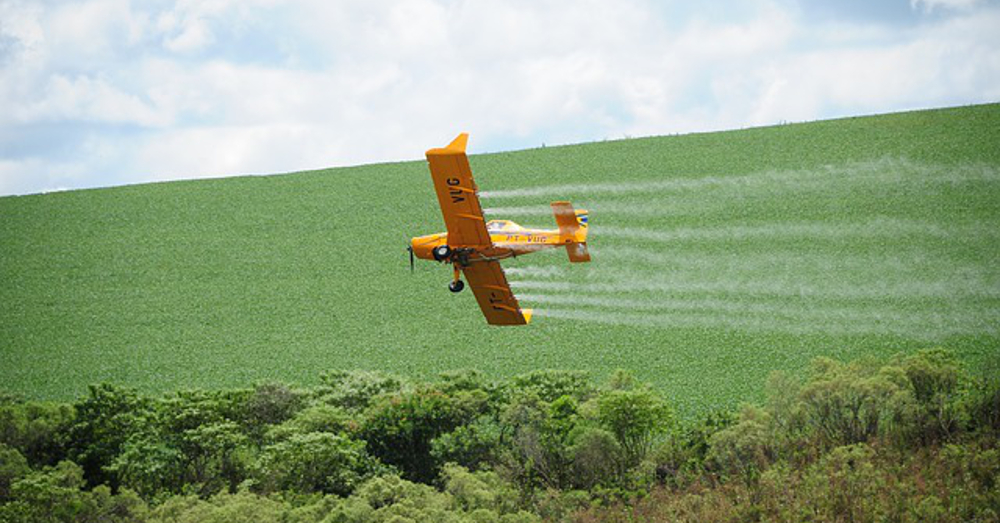
U.S. EPA’s Chlorpyrifos Decision Spurs Pushback
EPA says that its decision to hold off on banning chlorpyrifos was influenced by concerns the U.S. Department of Agriculture raised last year. In an Aug. 21 statement, EPA says, “We continue to examine the science surrounding chlorpyrifos, while taking into account USDA’s scientific concerns with methodology used by the previous administration.”
September 11, 2017 | Source: Chemical & Engineering News | by Britt E. Erickson
Top-selling organophosphate insecticide is at the heart of U.S. political, legal fight
On a summer evening in 2012, Bonnie Wirtz and her family hurried inside and shut all the windows in their rural Minnesota house when they heard the roar of a plane spraying pesticides on a neighboring farm.
Moments later, the plane flew over their house. “It sounded so close we thought it was going to crash,” Wirtz says. Within seconds, their house began to fill with a white mist coming in around the air-conditioning unit.
“I stumbled out coughing and I was having trouble breathing,” Wirtz recalls. Her husband rushed her and their eight-month-old son to the emergency room.
Tests revealed that she had been exposed to chlorpyrifos, a neurotoxic insecticide that the U.S. Environmental Protection Agency proposed twice to ban on food under the Obama Administration. The agency has since decided to allow its use to continue for at least five years.
In 2013, Wirtz collected air samples using a technique called drift catching to estimate the levels of chlorpyrifos that she and her family were likely exposed to. “When the results came in, we were devastated,” she says. The estimated exposure levels were four times as high as the EPA-recommended safe limit for a one-year-old child.
Chlorpyrifos has been associated with developmental delays and other health problems in children. “Up until this point, our son had met all of his developmental milestones,” Wirtz says. By the age of two and a half, his speech had regressed. He has since been diagnosed with a developmental disorder, which Wirtz is convinced is related to his exposure to the insecticide.
Wirtz spoke about her experiences at a rally outside the U.S. Capitol building in late July to garner support for legislation that would ban the use of chlorpyrifos on food crops in the U.S. She joined dozens of environmental activists, farmworkers, physicians, and parents in opposition to EPA’s 2017 decision to allow chlorpyrifos to stay on the market while the agency reviews its safety over the next five years.
In 2015 and 2016 under the Obama Administration, in response to a 2007 petition from environmental groups, EPA proposed to ban chlorpyrifos from use on food crops. The agency concluded at the time that combined exposure to the insecticide from food and drinking water exceeds safe levels, particularly for children.
But under the Trump Administration, EPA reversed its decision. In March, just weeks after EPA Administrator Scott Pruitt took the helm of the agency, he denied the 2007 petition to ban chlorpyrifos. EPA now claims that the science related to the neurodevelopmental risks of chlorpyrifos in children is uncertain. The agency plans to complete its health assessment of the insecticide by Oct. 1, 2022.
EPA says that its decision to hold off on banning chlorpyrifos was influenced by concerns the U.S. Department of Agriculture raised last year. In an Aug. 21 statement, EPA says, “We continue to examine the science surrounding chlorpyrifos, while taking into account USDA’s scientific concerns with methodology used by the previous administration.”
